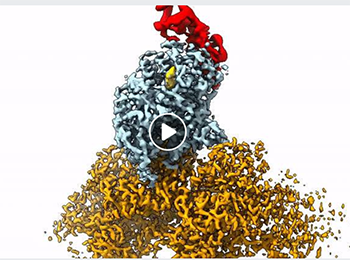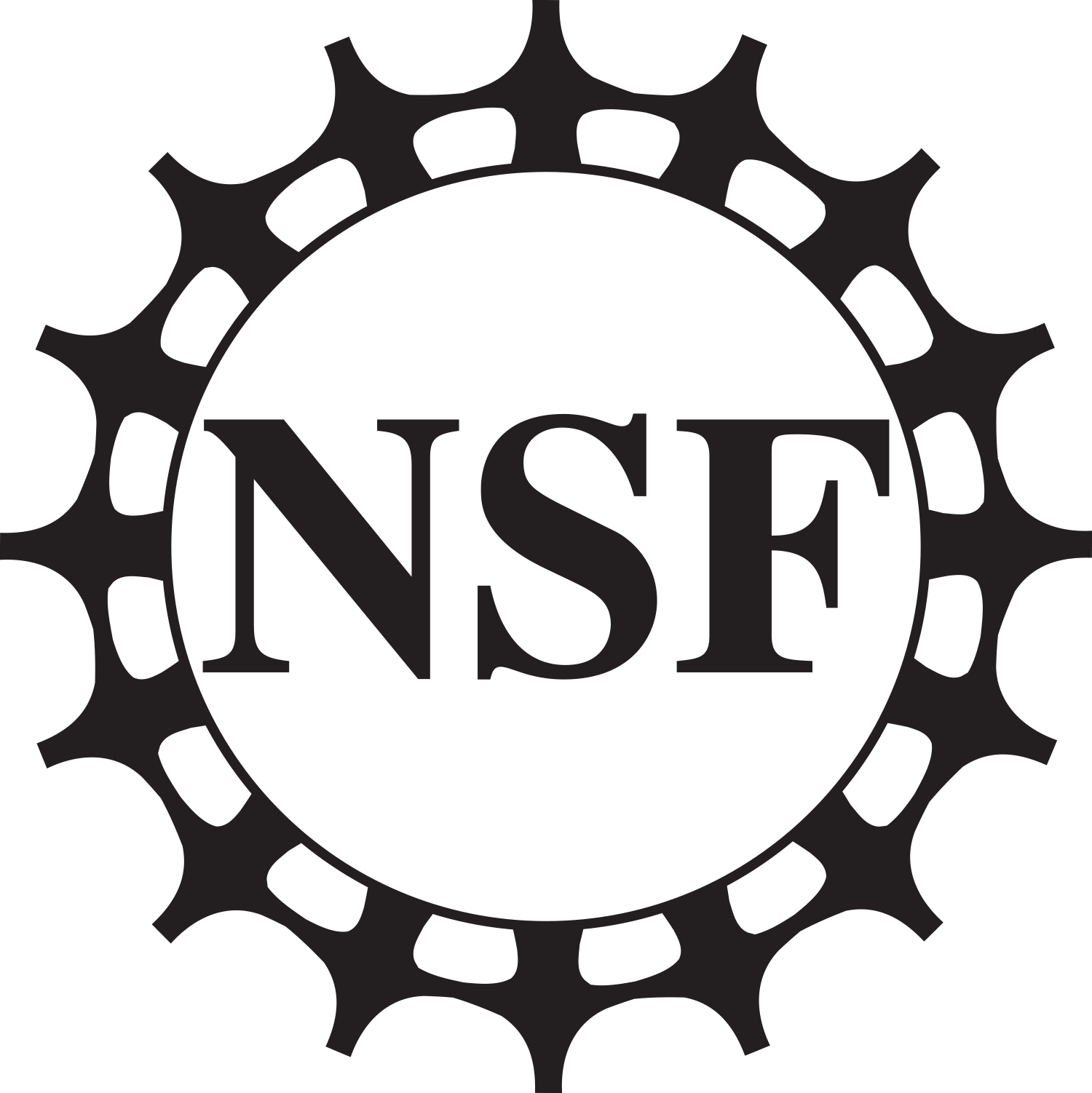The Winter Olympics are dominating news headlines, but how do speed skaters and downhill skiers summon the speed to go for the gold? Muscles – contracting slow and fast – allow these athletes to power through the race and sprint to the finish. The remarkable nanometer-sized cellular machines that drive muscle contraction are called myosins.
For the most comprehensive view of how myosins work, the labs of Penn’s Michael Ostap, a professor of Physiology and director of the Pennsylvania Muscle Institute, and Yale’s Charles Sindelar, used the Nobel Prize-winning method of cryo-electron microscopy to visualize how myosins change shape to power contraction, adapt for fast and slow activities, and “feel” mechanical forces that change their activity.
Watch this video showing how motor parts actin (orange) and myosin (pale blue) and its lever arm (red) work together to power contraction.
Learn more about this recent study here: http://bit.ly/2EXgVNI.
Reference acknowledgement: With thanks to the Pennsylvania Muscle Institute.





